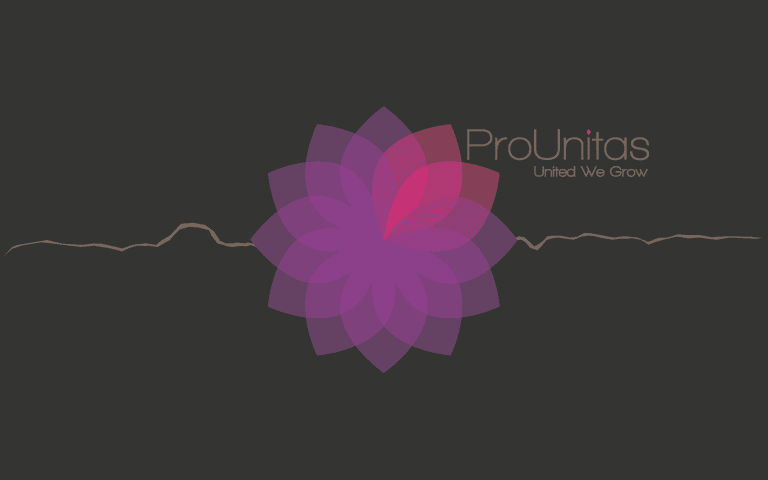How Technology Can Empower At-Risk Students Before It’s Too Late
By Leon Kaye

Originally published on TriplePundit
An overarching theme of the recent Dreamforce conference in San Francisco is that cloud computing can be harnessed to accelerate social good.
One of the fields in which technology can make a huge difference is in education, from pre-school to technical education.
After all, we are far beyond the days of past generations when teachers dealt with at-risk kids by the old referral system – as in the teacher sauntering over to his or her desk, yanking out a pink slip, pushing the intercom button, and alerting the school’s secretary that someone, yet again, was being sent over the principal.
The social problems are much more stubborn now: poverty, hunger, homelessness, absenteeism and myriad of other challenges. But what if these at-risk kids can be identified weeks ahead of them acting out, instead of weeks later, when it is often too late?
Big data and the right technology used the right way promise to help fix the challenges teachers, support staff and administrators confront on a daily basis. The problem, however, is that schools almost always lack the capacity to develop such an architecture. “In many communities, Coca-Cola knows their supply chain better than the local education officials [know their] kids,” said Andy Cunningham of the Aga Khan Development Network, a network of agencies that help deliver social services worldwide.
In fairness, schools are often more resourced and have more highly specialized staff than ever before. But challenges arise when it comes to the delivery of education services. “’We have become program-rich and systems-poor,” said Adeeb Barqawi, President and CEO of ProUnitas, a Houston-based technology NGO that offers a data-driven blueprint it says can eliminate academic barriers to student success.
Barqawi started his career teaching at a high school through the Teach for America program. Immediately, he recognized many students’ non-academic barriers, such as hunger and mental health struggles, were a constant burden. But he also noticed that many of his students still had the same goals and aspirations as their more fortunate classmates; it was just that in Baraawi’s words, they were hampered by a “weak social safety net.”
“I was ready to teach, but my kids walked in hungry, or had mental health issues, but our school counselors were overwhelmed,” Barqawi told an audience during Dreamforce’s Idea Forum.
Out of that experience came the inspiration for ProUnitas. In 2014, Barqawi launched the nonprofit with a mission to view the opportunity gaps that existed between students of means and students in high-poverty, high minority neighborhoods – notably at where he taught, Kashmere High School, which at the time was the lowest performing high school in Texas.
From Barqawi’s point of view, what schools and counselors needed was a robust platform that could help educators flag the students who were in need. One problem was that no matter how stellar, or how much some teachers would go above and beyond their duties, the reality was that burnout and career moves often left schools lacking institutional memory. “’We cannot build schools on superheros,” Barqawi said.
The result from that passion, empathy and technological know-how was the development of the ProUnitas platform. The scalable technology solution helps schools become more responsive to at-risk students’ needs, cements partnerships with service providers and generates opportunities for those same providers to easily work with other educators for collective impact. In the end, ProUnitas brings together education and community leaders to reach alignment on the most challenging issues facing their schools.
“We know that students come to our classrooms with so many things that prevent them from learning,” Barqawi told TriplePundit’s Nick Aster during an interview at Dreamforce. “Now we’ve removed those barriers so that we can really empower school districts to fulfill their mission of educating students.”
Now, ProUnitas allows warning signs to be recorded at the time, instead of relying on teacher’s memory months after the fact. Student counselors and other support staff can use ProUnitas’ platform to access local services. Schools can also have a ProUnitas case manager visit campus to connect kids with the social services or support they need the most. “The data looks at attendance and behavior, and the value is in the empowerment piece with the ability to retain and implement those services,” said Barqawi.
Kashmere High School still faces a steep uphill climb. Last week, the local school district approved a turnaround plan for the school with the hopes that the entire district can avoid a state turnover. But as noted in Houston’s local press, the overall mood and energy at the school has improved at the school as ProUnitas has stepped in to coordinate with social services agencies so they can offer necessary services. The school is still marked as “IR” (improvement needed) by the state of Texas – at last count it was only two student test scores from escaping that designation.
Meanwhile, a nearby elementary school also benefits from ProUnitas’ services: the technology matches services to at-risk students. This frees up teachers to do what they do best: teach.
Image credit: ProUnitas/Facebook
Based in Fresno, California, Leon Kaye has written for TriplePundit since 2010. He has lived across the U.S., as well as in South Korea, Abu Dhabi and Uruguay. Some of Leon's work can also be found in The Guardian, Sustainable Brands and CleanTechnica. You can follow him on Twitter (@LeonKaye) and Instagram (GreenGoPost).

